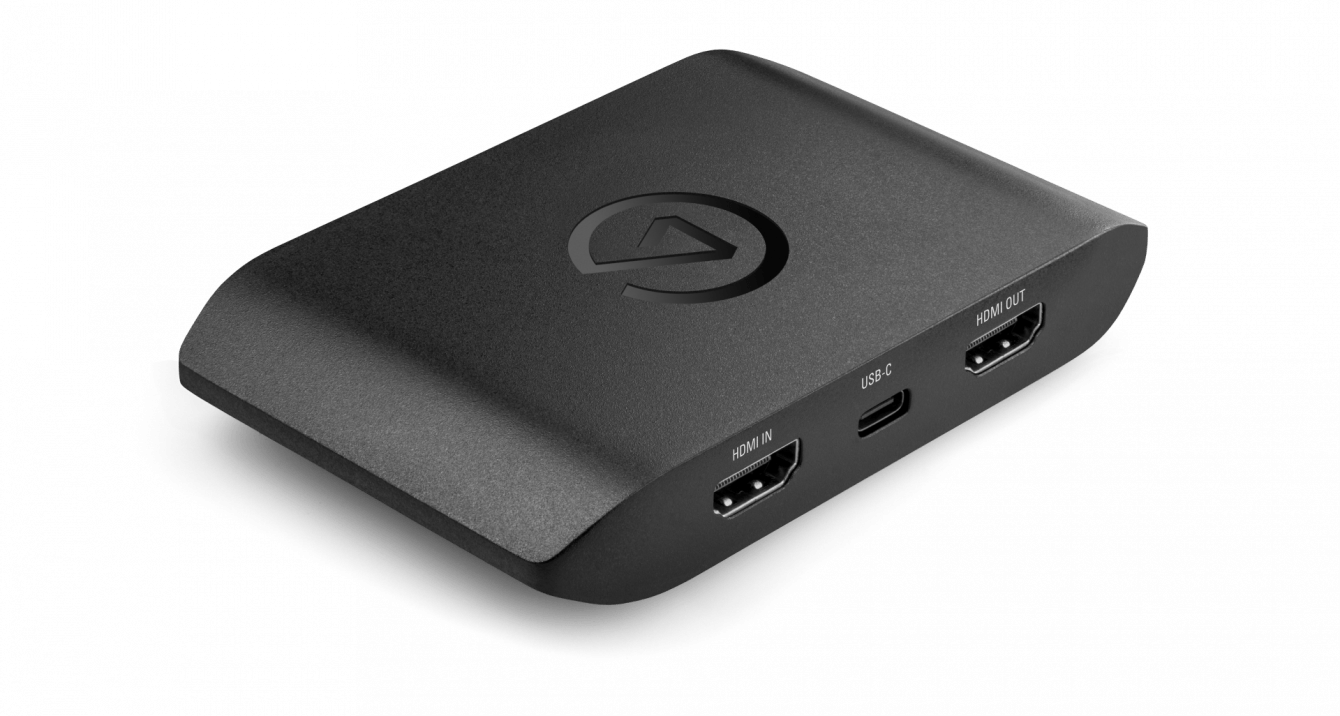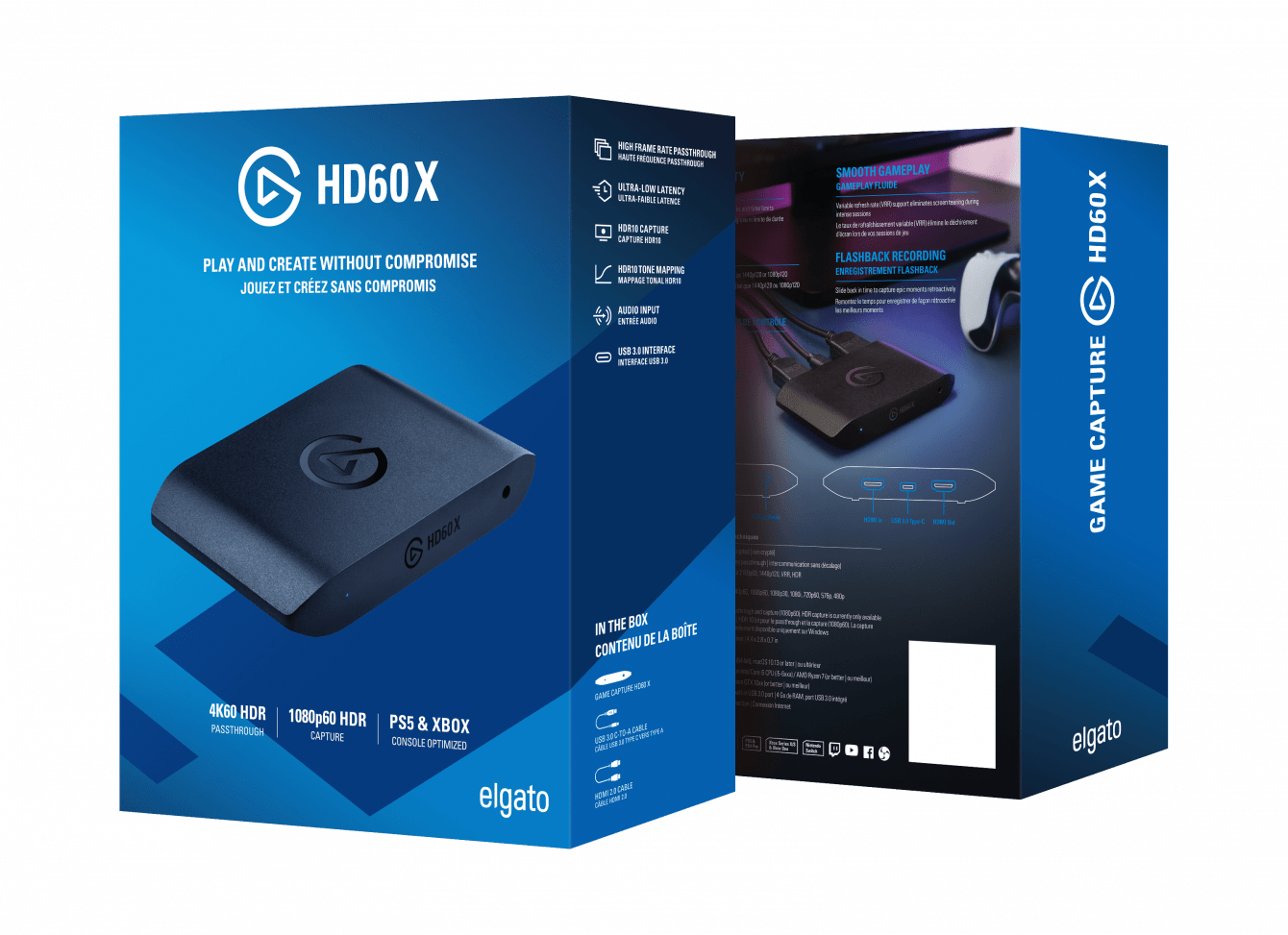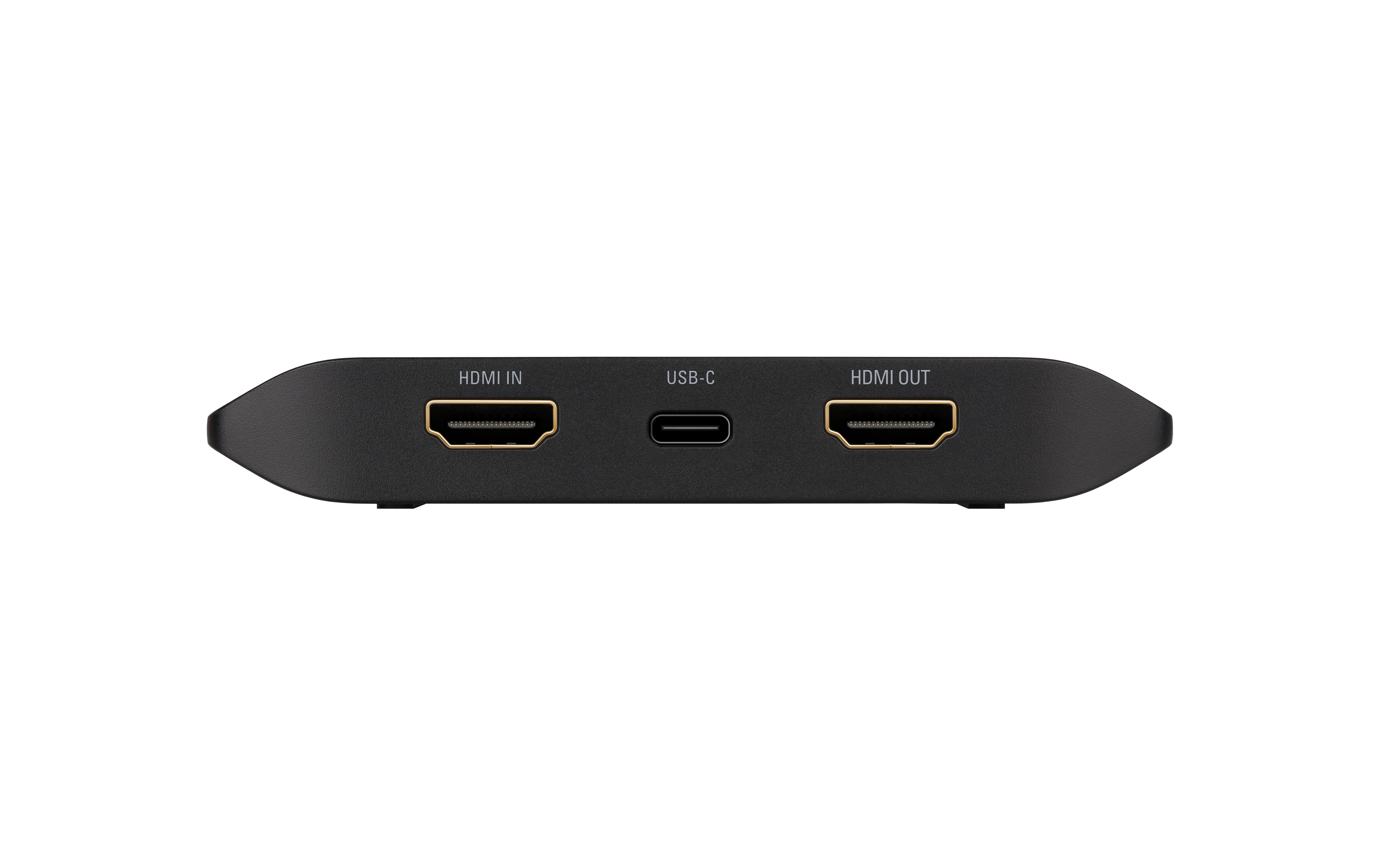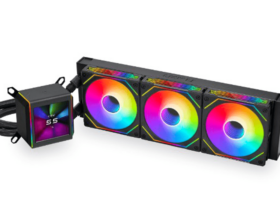In this article we will see the review of Elgato HD60X a capture card that focuses on the new generation consoles without forgetting those of the recent past
The new Elgato HD60X is in all respects an updated and more powerful version of the Elgato HD60 S + that we had the pleasure of testing and reviewing.
Obviously the quality of the streams and videos uploaded to YouTube go hand in hand with the technologies of the new consoles and the standard changes very quickly. Although 4K files are still heavy to manage, in terms of editing and online uploads, end users appreciate it more.
Obviously, not all that glitters is gold and although a particularly powerful PC is not required to use this acquisition card, it is good to take into account the effort required of the PC to process the data sent to it.
Don’t misunderstand my words, all the acquisition part is carried out by Elgato HD60X but if you plan to edit long movies in 4K don’t think you can do it with a GTX 1xxx and 4 GB of RAM.

Packaging e design | Review Elgato HD60X
Once the upper casing, which bears the main specifications of the card and a practically life-size hole of the same, has been discarded, we find two other separate packages inside.
The first obviously contains our Elgato HD60X, while the second contains all the necessary cables (an HDMI 2.0 cable and a USB A to USB C 3.0 cable).
The design chosen for this new Elgato capture card reflects the choices made in the past. The compactness and simplicity that we had so much appreciated in the past remain so.
On the back we find the HDMI connections and USB sockets. This choice allows you to keep the front clean which instead boasts only the classic notification LED and the audio input consisting of a classic 3.5 mm jack.
Technical sheet | Elgato HD60X review
As anticipated we are faced with a card that allows us to acquire practically all the gaming formats of the moment. Let’s find out some more details together.
- Entrances: HDMI 2.0 (uncompressed)
- Go out: HDMI 2.0 (Passthrough senza lag) fino a o 2160p60,
1440p120, VRR, HDR - Capture Resolutions: 2160p30, 1440p60, 1080p60,
1080p30, 1080i, 720p60, 576p, 480p - HDR: 10-bit passthrough (up to a resolution of 4K, 60 Fps) / capture (up to a resolution of 1080p 60 Fps) (HDR capture is only available for Windows devices)
- Dimensions: 112 x 72 x 18 mm / 4.4 x 2.8 x 0.7
- Weight: 91 grams

Usage and performance | Elgato HD60X review
We tested image acquisition through a Xbox One S and via a PC.
Before going to see how the board has behaved in the field, it is good to take a quick look at the minimum requirements and the configuration we used.
Requirements required:
- System operative: Windows 10 (64-bit), macOS 10.13 (o superiore)
- Processor: Intel Core i5 6a gen (i5-6xxx) / AMD Ryzen 7 (o superiore)
- Video Card: NVIDIA GeForce GTX 10xx (o superiore)
- Memory RAM: 4 GB
- Connections: USB 3.0
- Net: Internet connection
Now that we know what is required to make the Elgato HD60X work let’s take a look at our setup:
Obviously we repeated the tests also on a less performing machine with a 10th generation Intel and 16 GB of DDR4 RAM to give a more precise comparison but the results were the same.
Thanks to the plug and play configuration and the easy and intuitive management software it was very easy for us to acquire game images without encountering any problems.
Obviously, if you decide to record at very high resolutions, the files will weigh quite a lot. For a recording of about 60 minutes in 4K at 30 FPS the files will also exceed 10 GB (we arrived at 12 quietly).
This, in addition to making our Corsair MP600 CORE difficult, caused us some problems during the editing phase. Nothing serious but the processing of the file took a very long time.
Obviously everything is due to the power of our “secondary” PC but I think it is good to deal with these aspects as well. Furthermore, if you do not have a very performing connection, our advice is to “settle” to manage files in 1080 P at 60 FPS or to go to the maximum on a resolution of 1440 P 30 \ 60 FPS.
The choice obviously falls in your hands but the tests we conducted lead to these results. Man warned some jig saved.
As for the registration, the features of the past remain and you can use the card without time or logo constraints.
Also excellent is the possibility of using the Flashback function which will allow you to retrieve a recording in a period of time that varies between 5 minutes and 4 hours. In a nutshell, if activated, this function just like Nvidia replay allows us to retroactively save clips even if you forgot to start recording.

HD60_X_Device_Shot_05
Who should buy the Elgato HD60X?
In conclusion, this new Elgato video card overcomes the limits of the previous one and does it great. A criticism of the previous version was precisely the lack of support for the resolution of the FHD.
In this new version not only the lack of the past is erased but everything is optimized to achieve the maximum possible performance. In addition, very important features are implemented such as the full support for HDR (even if only for Windows devices) and support for VRR technology.
In a nutshell we are facing a finally mature and complete product that will probably be able to accompany content creators for several years to come. The price is not the most affordable but if you consider the Elgato HD60X for what it is, that is a work tool and an investment to improve it, the few doubts disappear as the frame rate drops.
Points in favor
- Recording in many formats …
- 4K Recording …
- No restrictions on logos or time
Points against
- … even if you have to be very careful
- … but with very large files
















Leave a Reply
View Comments